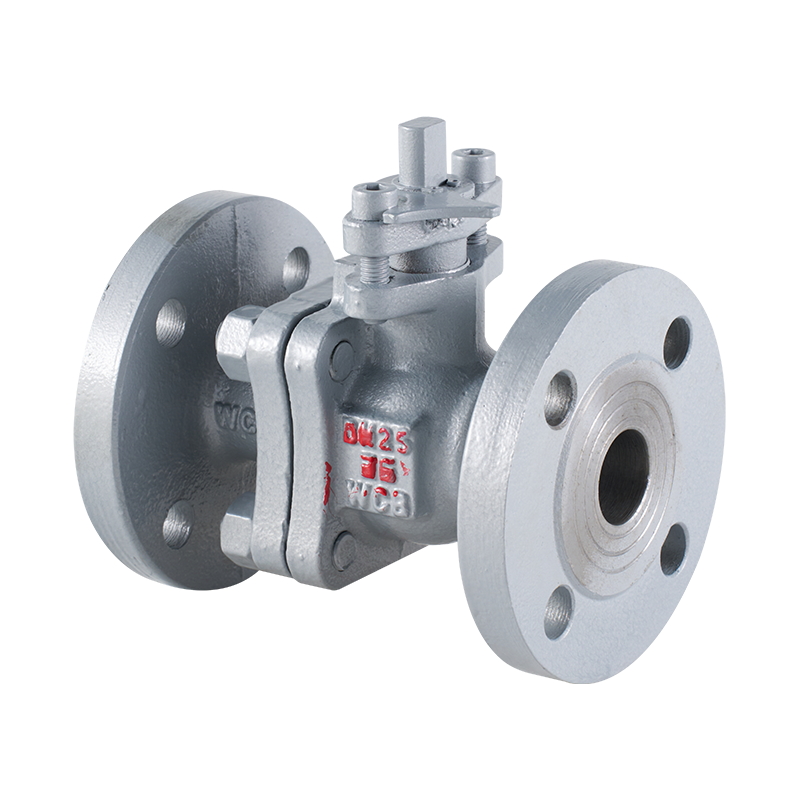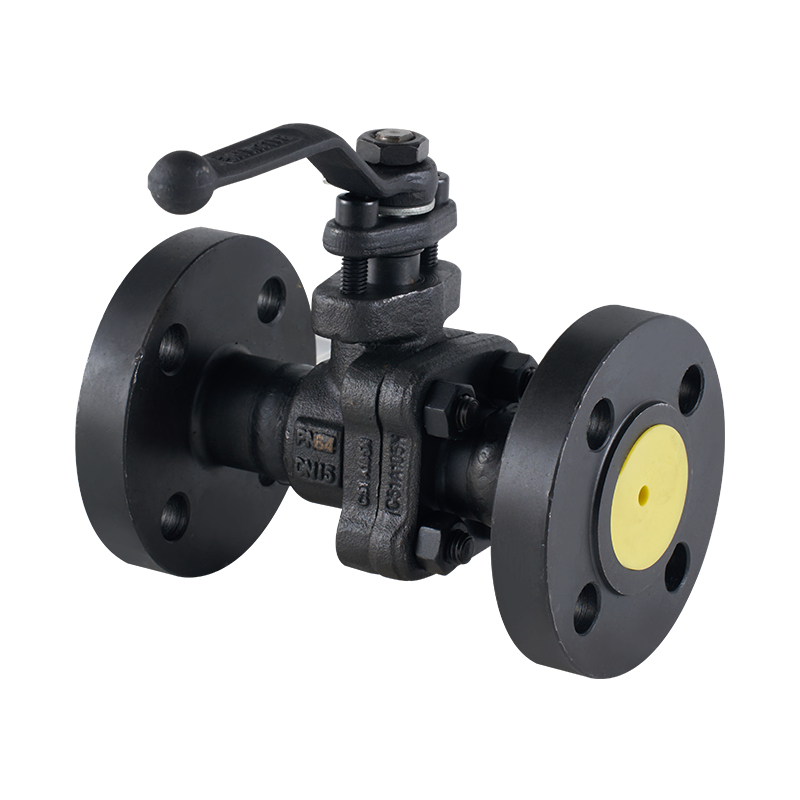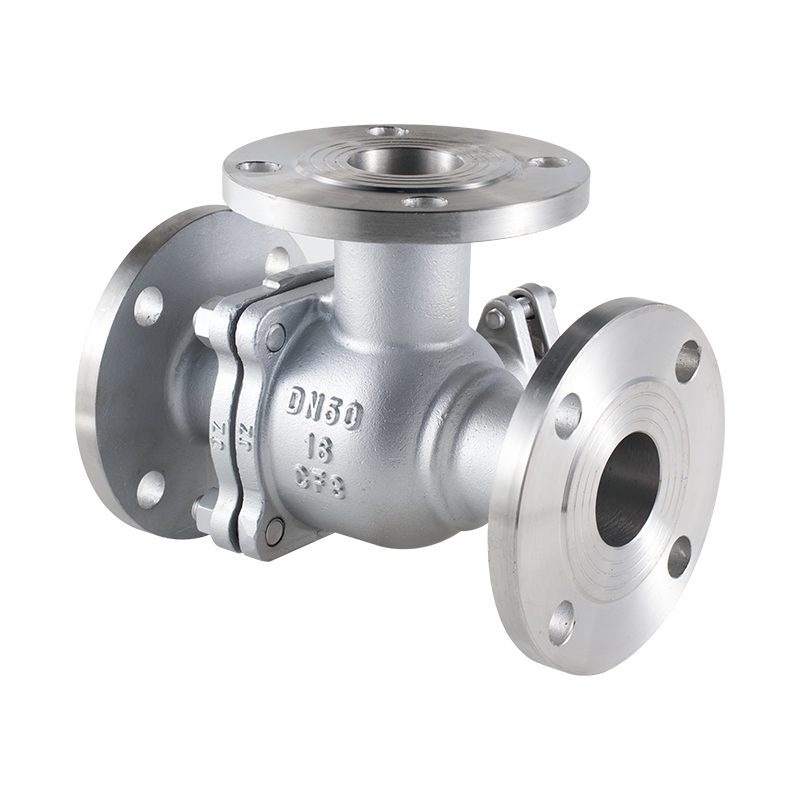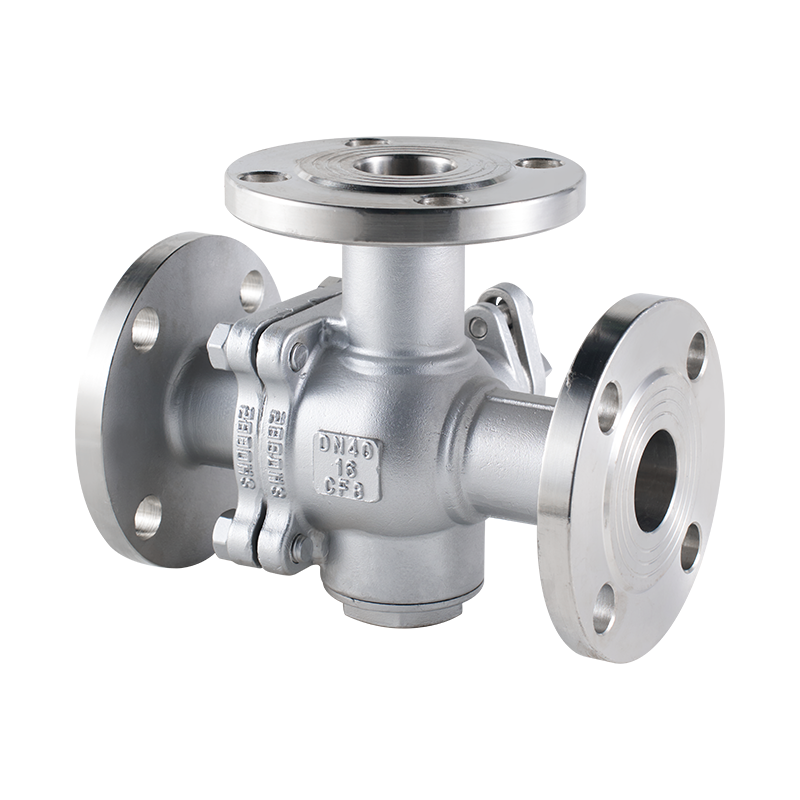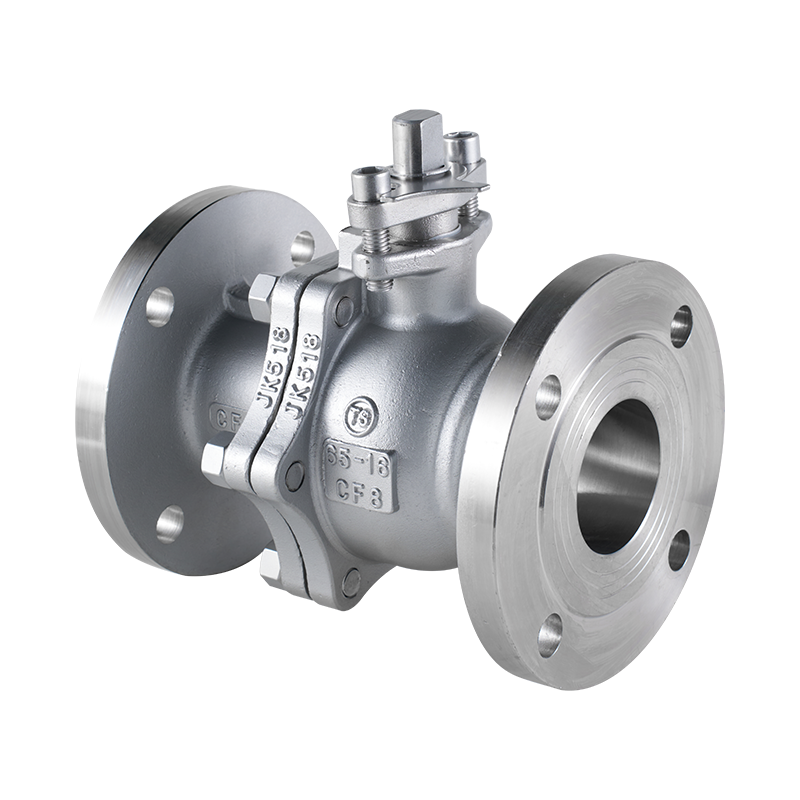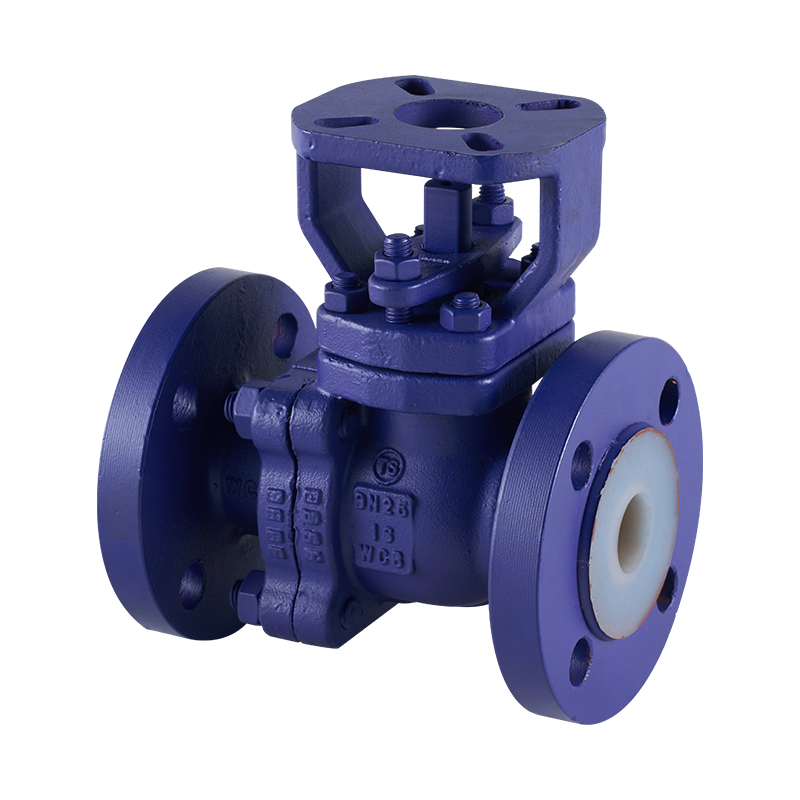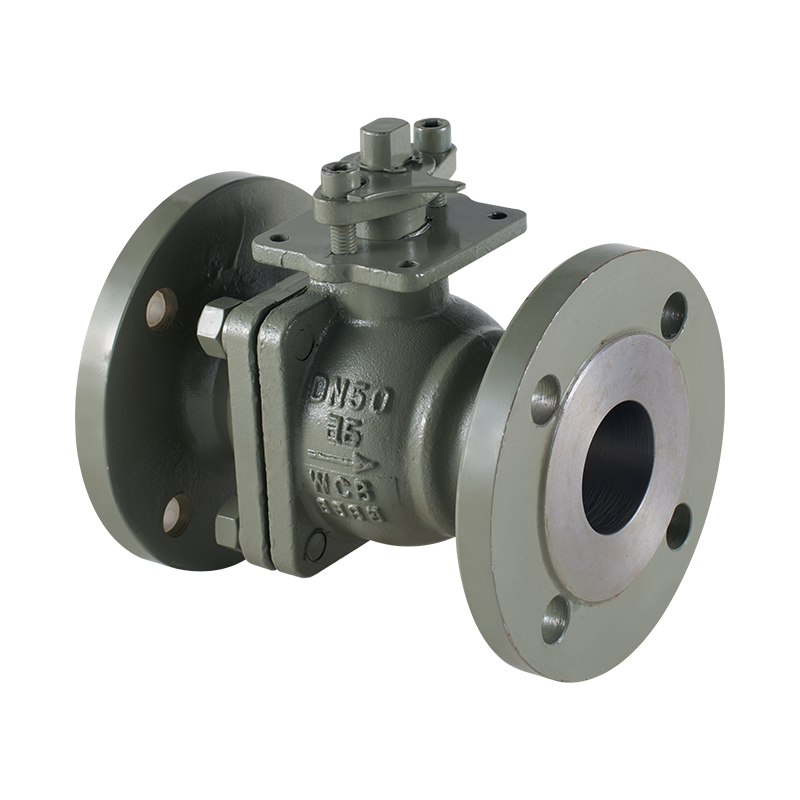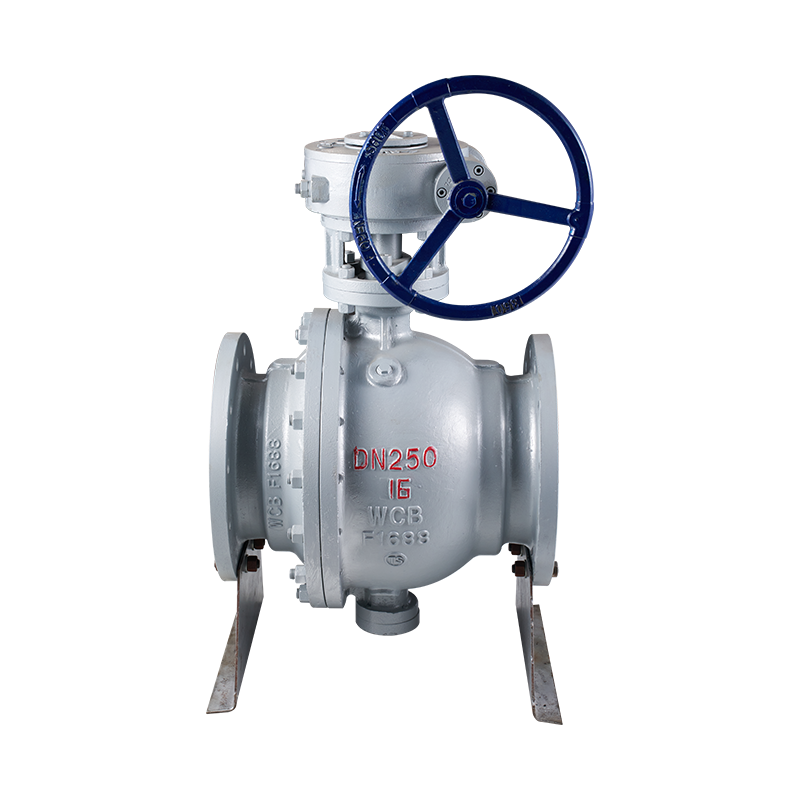The Hydraulic Industrial Oil Gate Valve plays a critical role in controlling the flow of hydraulic oil in various industrial systems, such as power plants, manufacturing units, and oil refineries. Due to its importance in ensuring the efficiency and safety of the system, understanding the structural considerations of this valve is essential for optimizing its performance, durability, and reliability.
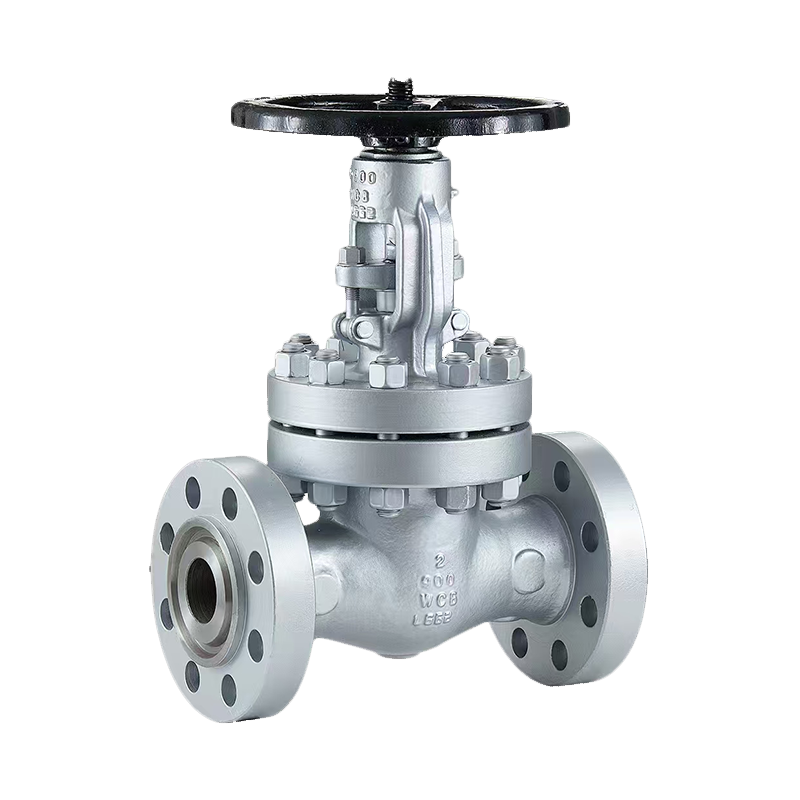
One of the primary structural considerations is the valve body design. Hydraulic oil gate valves are designed with a robust body capable of withstanding high-pressure conditions. The body needs to be strong enough to prevent deformation under the significant forces applied during operation. The material choice for the valve body is equally important, with steel or alloy-based materials often used for their strength, resistance to corrosion, and ability to handle temperatures. The body design also incorporates flanged ends or threaded connections to ensure a secure, leak-proof installation, especially in high-pressure hydraulic systems.
Another key structural consideration is the valve stem and disc. The stem connects the actuator to the valve disc, controlling the opening and closing mechanism. For the Hydraulic Industrial Oil Gate Valve, this component needs to be durable and resistant to wear, as it is in constant motion and under pressure. The disc is the part that directly controls the flow, and its sealing surfaces must be finely machined to ensure a tight seal with the valve seat. This tightness is crucial to prevent leakage, especially when the valve is in the closed position.
Sealing mechanisms are also an important structural feature. The sealing components, such as O-rings, gaskets, and seals, must be designed to withstand the hydraulic pressure without deteriorating. As hydraulic oil can be viscous and, in some cases, chemically aggressive, the materials used for sealing need to be resistant to corrosion and wear over time.
The Cast Iron Flanged Gate Valve is a widely used valve type in various industries, including water treatment, oil and gas, and chemical processing. Cast iron is the primary material used for manufacturing these valves due to its castability, cost-effectiveness, and relatively high strength. However, understanding the properties of cast iron and how it impacts the performance of the valve is essential when selecting it for industrial applications.
Cast iron is known for its good corrosion resistance, making it suitable for use in industries that deal with water, sewage, or mild chemical processes. Its ability to withstand moisture and some acidic or alkaline substances ensures that the Cast Iron Flanged Gate Valve will have a long service life in many applications. The corrosion resistance of cast iron is further enhanced through coating or lining processes, which protect the valve from aggressive environments.
Another advantage of cast iron is its high wear resistance under moderate pressure and temperature conditions. The material is tough and capable of absorbing the stresses encountered in normal operations without breaking or cracking. This makes it ideal for low to medium-pressure systems, such as water supply and drainage systems, where the flow conditions are not.
However, cast iron has its limitations. While it provides adequate strength for many applications, it is generally brittle under temperatures or high-impact forces. As such, Cast Iron Flanged Gate Valves should not be used in systems involving high-pressure steam, aggressive chemicals, or high temperatures. In these cases, alternative materials like stainless steel or carbon steel may be more suitable, offering better strength and higher temperature resistance.

 English
English 中文简体
中文简体


